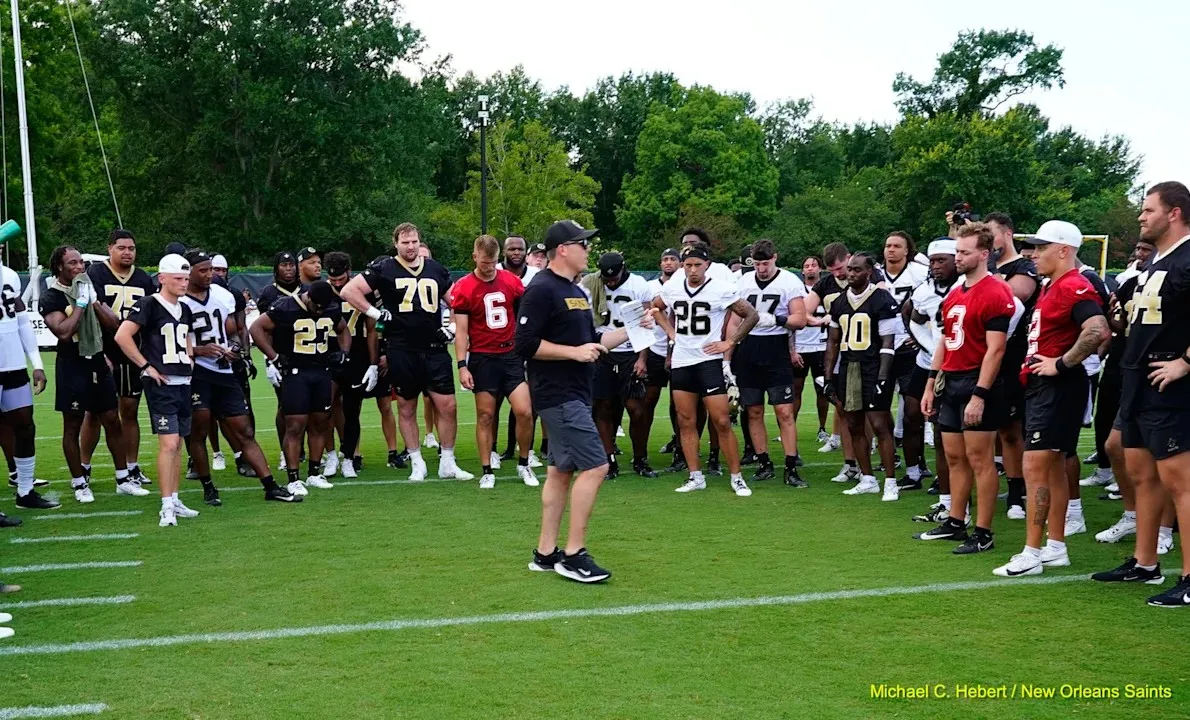Manager Aaron Boone is still trying to solve the Yankees 3rd base problem,

The New York Yankees and Boston Red Sox, the best and most intense pair of rivals in baseball, have rarely made trades with each other. Since the American and National Leagues first split into divisions in 1969, 56 years ago, the arch-rivals have swapped players only nine times.
Most recently, the Red Sox sent their No. 13 prospect, minor league righty pitcher Elmer Rodriguez-Cruz, to New York for backup catcher Carlos Narvaez. Rodriguez-Cruz is now the Yankees’ No. 6 overall prospect, while Narvaez took over Boston’s starting spot behind the plate and is hitting .289 with an .821 OPS and five home runs in 42 games.
So that trade is working out for both sides — unlike the astonishing 1972 deal in which the Yankees subjected Boston to an incredible fleecing, somehow acquiring lefty relief ace Albert “Sparky” Lyle from the Red Sox for journeyman first baseman Danny Cater and a player to be named later.
Potential Biggest Deal in Red Sox-Yankees History
Cater hit a nondescript .262 with 14 home runs and 83 RBIs over three full seasons with the Red Sox.
Lyle, on the other hand, went on in 1977 to become the first relief specialist — he never started a game in his 16-year career — to win an AL Cy Young Award (Los Angeles Dodgers reliever Mike Marshall won the NL Cy Young in 1974). With a 57-40 record and 141 saves in seven Yankees seasons, Lyle played an indispensable role in getting the Yankees to three World Series from 1976 to 1978, winning the latter two.
But if a new trade idea proposed by scribe Sara Molnick of the Yankees site Pinstripes Nation were to come to fruition, it would undoubtedly be the most stunning Red Sox-Yankees player-for-player trade in history, and would surely send shockwaves throughout MLB.
The deal would solve problems for both sides. The Yankees would get the third baseman they have been missing all season. The Red Sox, at the same time, would fill the first base slot that has been a serious concern since Triston Casas tore his patellar tendon on May 2, ending his season.
Here’s the deal, according to Molnick:
Yankees receive: 3B Rafael Devers, 28
Career: .281 AVG, 138 HR
2025: .286/.365/.526, 10 HR, 31 RBI, .891 OPS
Contract: 10 yrs, $313.5M (through 2033)
Role: Cornerstone third baseman and Aaron Judge’s lefty counterpart.—-
Red Sox receive:
OF Spencer Jones
Age: 23 | Yankees No. 2 prospect | Top-40 MLB
AAA 2025: .298 AVG, .506 SLG, 10 HR
Projection: 70-grade power, Aaron Judge-lite profileRHP Chase Hampton
Age: 22 | Yankees No. 3 pitching prospect | Top 100 MLB
AA 2025: 3.12 ERA, 11.8 K/9, 2.4 BB/9
Ceiling: No. 2/3 MLB starter
INF Oswald PerazaMLB-ready infielder, age 24
Strengths: elite glove, positional versatility
Weaknesses: inconsistent bat (.233 AVG, .375 SLG)1B Paul Goldschmidt
Age: 37 | Expiring contract
2025: .281 AVG, 6 HR, .819 OPS
Role: temporary bat, possible deadline trade chip
Each Team’s Reasons For the Trade
Why would the Red Sox part with their franchise player — other than the fact that he refuses to play a position other than designated hitter — which has made him a suddenly polarizing figure in Boston?
“The Red Sox have also shown signs of payroll discomfort and are eyeing the rise of top infield prospect Kristian Campbell. A deal that removes financial pressure and adds long-term upside could be enticing,” according to Molnick.
What’s in it for the Yankees, who would be shedding the $12.5 million they owe Goldschmidt this year as well as parting with their No. 2 and No. 7 prospects in Jones and Hampton (who is out for at least the 2025 season with Tommy John surgery)?
In Devers they would be getting one of the hottest hitters in baseball. His .932 OPS on the season ranks 10th in MLB. In May, his 1.114 OPS is nearly the equivalent of Judge’s 1.156.
Clearly, the chances of Molnick’s proposed mega-blockbuster deal actually happening are remote. But if it did, it would be the biggest Red Sox-Yankees trade since the legendary deal that never happened.
In 1947, over drinks at Toots Shor’s Restaurant in Manhattan — a favorite watering hole for ballplayers and celebrities in the 1940s and 1950s — Red Sox owner Tom Yawkey and Yankees co-owner and president Dan Topping agreed to swap the two greatest hitters of their time, Ted Williams and Joe Dimaggio.
But after sobering up the following morning, Yawkey called Topping and demanded that he include a “little left fielder” by the name of Yogi Berra in the deal for Williams. Topping refused, and the extraordinary trade was off.



